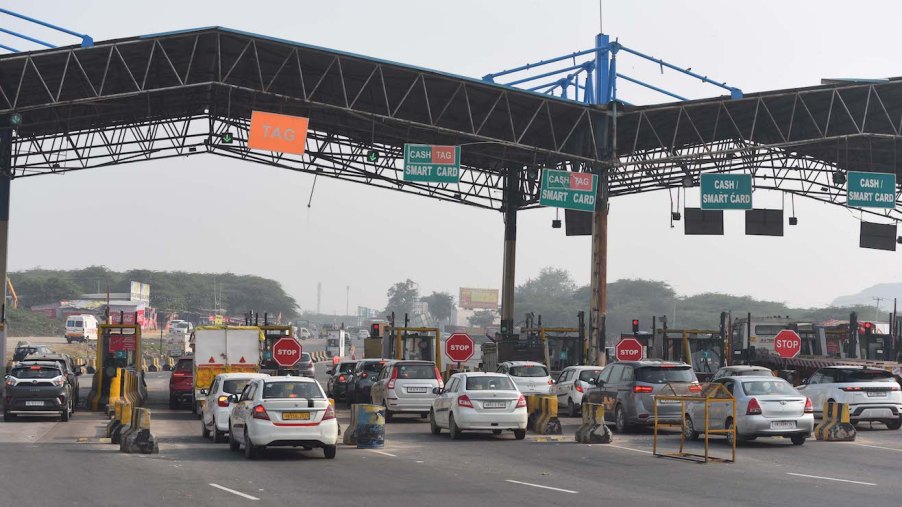
Toll Roads Are Much Older Than You Think
Most people think of toll roads as being fairly modern inventions that can help with traffic. However, they date back much further than most would guess. Of course, early toll roads looked nothing like they have grown to look today, but this is the foundation of the process of paying to cross over into a different area. They have a long and extensive history and have evolved greatly over their many years of being in use.
Here’s a look at the history of toll roads and how they got to be what we know today.
Toll roads date back over 3,000 years
As mentioned, toll roads have quite a long history. According to RateGenius, the history of toll roads dates back to ancient times. Travelers who were traveling on the Susa-Babylon highway had to pay tolls to use the road. This was under the Ashurbanipal regime during the seventh century B.C. Additionally, there are records of both Aristotle and Pliny mentioning toll roads in Arabia and various parts of Asia. This is the foundation of roads not being free to use.
Starting in the Middle Ages in Europe, many areas constructed toll roads to help pay for the construction and maintenance. There wasn’t backlash to this because most roads in Europe were already not free to use. However, this began to impact trade over time as the toll system had gotten too restrictive for merchants to carry items. However, the rest of the world continued to catch on to how useful the use of toll roads could be. This technology continued to advance, and now, many people use toll roads every day.
History of toll roads in the United States
Toll roads also have a long history in the United States as various states saw the need for additional revenue. According to the Philadelphia Center for the Book, the first engineered turnpike, or toll road, came about between 1793 and 1795. The 62-mile toll road was called the Philadelphia and Lancaster Turnpike. In fact, it has the distinction of being the first long-distance paved road in the country. However, officials replaced it with a canal in the 1800s.
However, this didn’t stop the turnpike boom in the United States. According to RiteRouting, about half of the American families had vehicles by the 1920s. This meant that there was much more of a reason to build new roads, of which many were toll roads. Toll roads were and are more prevalent in the eastern part of the country, so by the late 1950s, the majority of limited access roads in the area were toll roads. Currently, 38 states have toll roads, and the cost varies for drivers.
Where does the money from toll roads go
Toll roads are interesting because the government does not pay for them. Typically, it’s a private company that puts up the funding for these limited access roads. Because of this, the funds from people traveling the roads go to two places. It pays back the company that funded the toll road, and it also pays for any repairs or maintenance these private roads need. This is why the toll road system is so efficient.
Of course, many people may not like the idea of paying to use a road. However, most modern GPS devices will provide alternate routes in order to avoid toll roads. Most states have them, so it’s likely a person traveling across the country will encounter at least one toll road.




